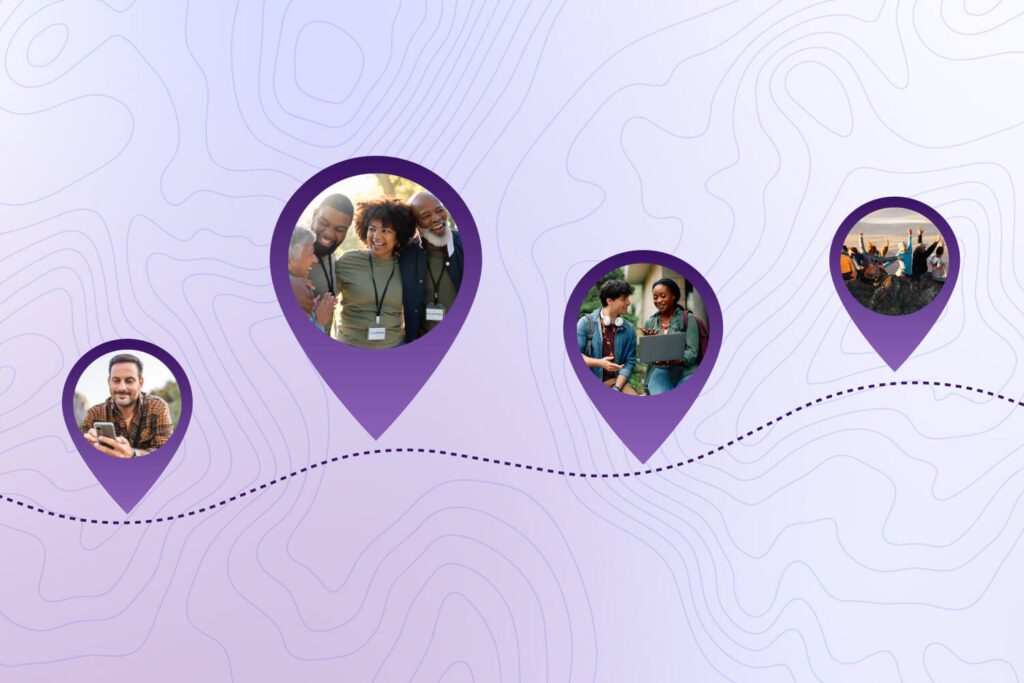Stories have always been powerful drivers of human behavior. People are compelled by stories of characters overcoming difficult situations, and they want to root for their success. This is what makes nonprofit storytelling so effective for connecting with donors and driving support for your nonprofit organization’s purpose.
However, to make your nonprofit’s narratives genuine and effective for inspiring action, it’s important to use data. We’ll discuss the purpose of data-driven storytelling and how you can start infusing your own stories with data to improve your nonprofit’s marketing strategy.
What is data-driven storytelling?
Data-driven storytelling takes the traditional marketing practice of storytelling to the next level by incorporating metrics. By using data within the stories you share with supporters, your nonprofit can form a personal connection with your target audience and empower them with the information they need to make informed decisions.Why should you use data in storytelling?
When you combine real stories from beneficiaries, donors, or volunteers with quantitative data, they become powerful tools that prove your nonprofit’s impact. From writing thank-you emails that build relationships with volunteers to giving a speech that inspires donations at an event, using storytelling to communicate metrics helps your audience retain the information and understand how their specific action has a significant impact on your cause.How do you use data-driven storytelling?
Metrics collected from reports are more than just numbers—when used correctly, they’re key insights into understanding your nonprofit’s progress toward your goals. Before you begin crafting data-driven stories, you’ll want to be sure that you can effectively collect and communicate important data.Collecting the data
Your organization might already have a constituent relationship management (CRM) system in place, but is it the most effective for your needs? Collecting and organizing data is necessary for grounding both your storytelling and your programs. Data points to track for storytelling include:- Fundraising progress and results
- Number of donors
- Average donation amount
- Program outcomes
- Number of people served
- Program satisfaction rates
Communicating the data
Including factual data in a report can be informative for readers, but incorporating this information into a story is often even more impactful. To communicate a data-driven story, follow these steps:- Define a central character, such as a beneficiary or longtime supporter.
- Set the stage by introducing the problem they face in concrete terms.
- Give real, positive examples of how your central character overcame that problem with your nonprofit’s help.
- Use data points such as how many donations helped your beneficiary to emphasize your nonprofit’s impact.
Making data-driven decisions
Cultivating and communicating data will only benefit your organization fully when you also use it to inform future decisions. Data provides you with a deeper understanding of the effectiveness of your initiatives, marketing strategies, and outreach. Use it to improve not only your stories, but also how you interact with supporters overall.
Ready to Get Started?




